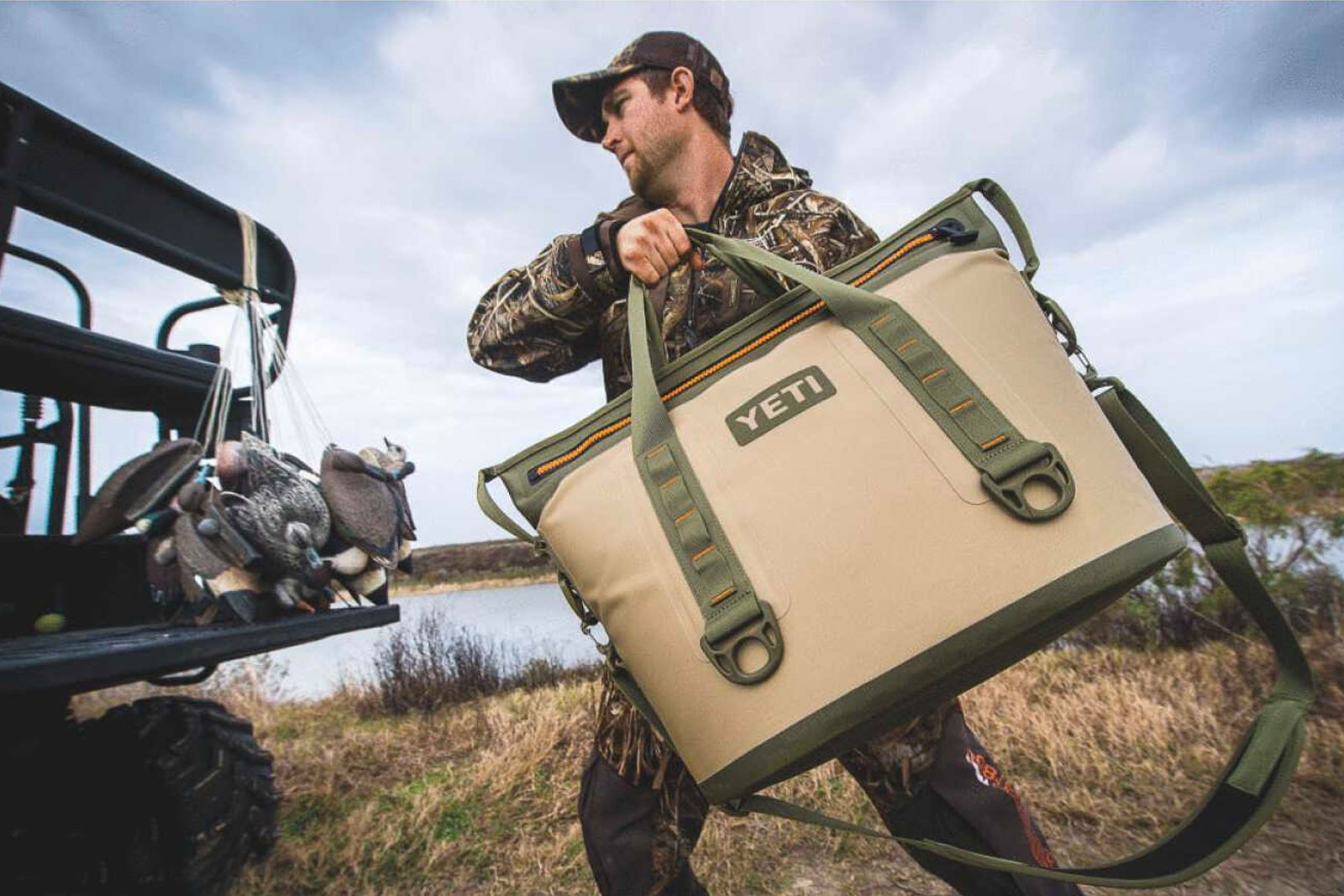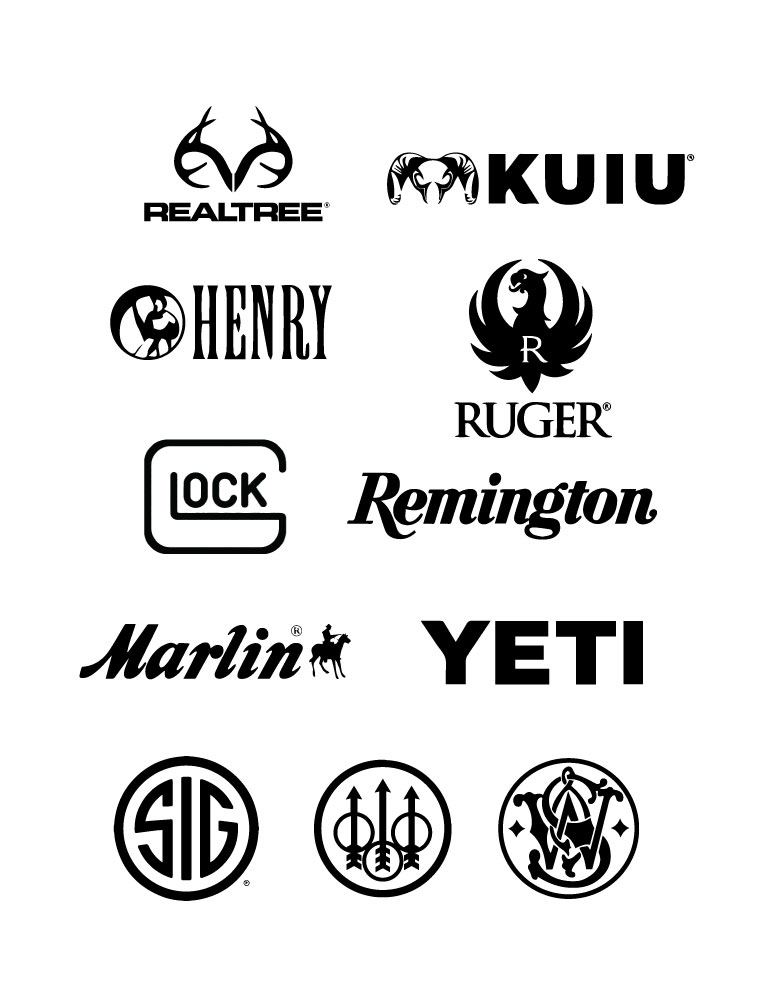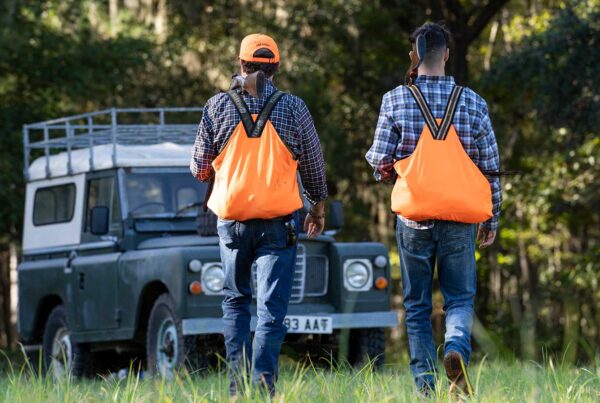
It is inevitable that at some point in your company’s history you will be faced with a outdoor and hunting logo redesign or a rebranding of your hunting, outdoor or shooting sports company.
Remember the good ole’ start-up days? It was a lot easier just to design a few concepts that made sense, approve it and get on with building your business. But now things are a little more complicated: you have thousands of customers, a few sub-brands, hundreds of employees counting on you and a few more competitors. Suddenly, that little insignificant symbol that no one thought twice about is a big deal.
For business owners or outdoor industry marketing managers, managing a logo redesign is a major change—and change is hard! To help you stay clear of any potential pitfalls, here are five things to keep in mind during the course of your next hunting, outdoor or firearms logo redesign project.
1. Get an outside perspective
When designing a new logo, it’s critical to start with an understanding of what your customers think about your current identity and brand. Their input will form the foundation of your creative brief and give substance to your efforts. Their answers may provide key insights that you otherwise would have missed.
For more information on interviewing your customers please see: 8 Ways to Build Your Hunting Brand
2. Identify your value propositions
If you’re designing a new outdoor and hunting logo without a solid understanding of what your brand stands for, it’s likely you’ll struggle to define accurately what your key differentiators are and what value you bring to the marketplace, your employees, customers, and channel partners. If you’re struggling to identify what your “why” is, it may indicate a deeper problem, and you may need to take a deeper look at your brand. Below is a TED talk from Simon Sinek that explains how to create a brand that dominates your category—worth the watch.
Remember, a logo is a representation of what you want to communicate and should be connected to your visual system or “kit of parts” i.e package design, trade show booth design, outdoor website design, product catalogs, advertising etc. A logo rarely functions on its own.
3. Write a concise outdoor and hunting creative brief
If points 1 and 2 (above) are not defined, then your creative brief will be filled with guesses and estimations. It’s possible to still create a logo, but you may be missing out on key insights that would be helpful to your design agency when they begin the project. A good creative brief contains the following points:
- Project summary
- Audience profile or buyer persona
- Perception/tone/guidelines
- What needs to be communicated
- Competitors
- Examples of logos you like/dislike
A detailed creative brief saves time, endless revisions and equips your branding agency with the right information to maximize the design process.
 4. Don’t design your outdoor and hunting logo by committee
4. Don’t design your outdoor and hunting logo by committee
When you receive your first round of concepts back from your outdoor industry marketing agency don’t email it out to everyone in your company for feedback. Chances are you’ll get a hundred different suggestions and “advice” on what needs to be changed. Don’t include those who haven’t been involved in the process from the beginning.
The famous maxim: a camel was a horse designed by committee—is true in this situation. Form a select team of 2-4 people to help you choose the best logo for your company. Make sure all options have been vetted and are properly understood before presenting to your company’s stakeholders—then send out your top 2 choices to the company (if you want their involvement).
And as hard as it may seem, make sure to design your logo based on what your customers want and expect, and not so much on what you like.
5. Present your outdoor and hunting logo
Another reason not to send your concepts out to the company until you have a strong consensus of what the strongest 2 or 3 final concepts are—is to make sure each concept is explained properly.
Create a video or website about what the new logo means and how it will look with the other parts of your visual system.
Redesigning a new logo is a challenging exercise. To get it right, you must take the time to talk to your customers, identify your value propositions, write an accurate and concise creative brief, collaborate internally and present the concepts thoroughly. By doing so, you will avoid these common logo redesign pitfalls.





